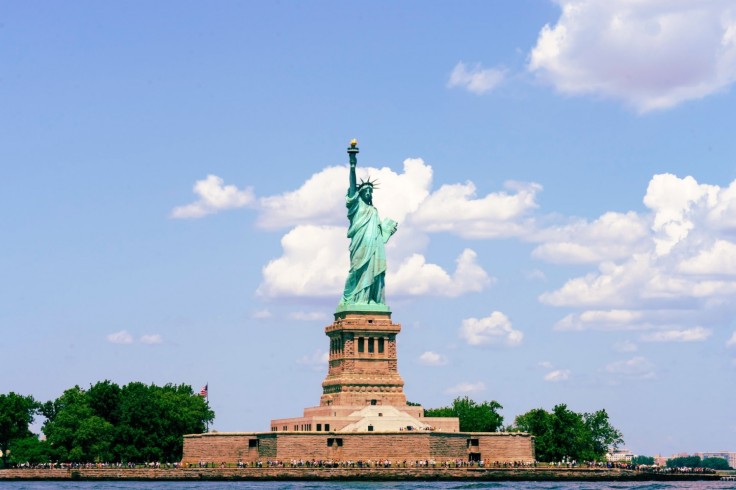The Statue of Liberty is one of the US' most iconic landmarks to the point that the statue itself is synonymous with the country itself.
Lady Liberty, the woman depicted in the statue, has been in New York harbor since 1886. Back then, it was known by a different name, the statue of "Liberty Enlightening the World," per the National Park Service.
However, she did not look the same back when she was still a newly dedicated statue, and it wasn't the Americans who made her, contrary to popular belief.
So how did the statue come to be, and how did it get to New York in the first place?

The Statue of Liberty - A Brief Historical Summary
The Statue of Liberty was the product of the collaboration between the US and France in 1865, when the two countries agreed to create the statue, per History.
In the collaboration, the US is responsible for creating the base on which Lady Liberty will stand, while France is responsible for turning Lady Liberty into reality.
Frederic Auguste Bartholdi, a sculptor known for largescale sculptures, earned the commission to create Lady Liberty herself.
The whole project is expected to finish just in time for the centennial of the US Declaration of Independence, which was in 1876.
Bartholdi wouldn't be able to start his work on the statue until 1875 due to a lack of funds. However, when the did get the money he needs, he was prepared to turn his vision into the large-scale statue he is known for.
Bartholdi's idea is to depict the Statue of Liberty as a woman holding a torch in her raised right hand and a tablet in her left. This tablet would have the date "July 4, 1776", the date of the Declaration of Independence, engraved on it.
The sculptor also had the woman's face modeled after his mother and he will use copper sheets using a technique called "repousse" to create the statue's "skin."
Since there is no piece of copper the size of the Statue of Liberty, it has to be hollow to create it. As such, it must have a skeleton to hold Lady Liberty together, much like the skeleton is our body.
Said skeleton was made by the same man who made the Eiffel Tower - Alexandre-Gustave Eiffel.
However, the statue was not delivered to the US from France as it looks now. It was delivered and assembled on-site piece by piece.
After presenting the completed Statue of Liberty to the American minister to France Levi Morton in a ceremony on July 4, 1885, it was disassembled and sent to New York for assembly, per Britannica.
Invention and Tech mentioned that the French delivered Lady Liberty's arm and torch first. It was then followed her head, and then finally, the body.
The statue, which is around 151 ft. high and 225 lbs. heavy, was dedicated by President Grover Cleveland on October 28, 1886.
The Statue Of Liberty Today
The Statue of Liberty today still stands on its base within Fort Wood on Bedloe's Island. However, the statue's copper skin, which was originally of a color mixture between orange and gold, turned into the light-green color we see today due to the copper's oxidation.
The Statue also underwent some modifications as technology becomes more advanced over time. It was outfitted with electrical power in 1916 via an underwater power cable, while the original copper plating used for the torch was replaced with another copper plating, this time covered in 24k gold.
Currently, people can access the statue's pedestal, monument, and crown by reservation only, and the torch was closed to the public since the "Black Tom" explosion of July 30, 1916.
You can reserve crown access at: StatueCityCruises.com to see what Lady Liberty sees every day.









